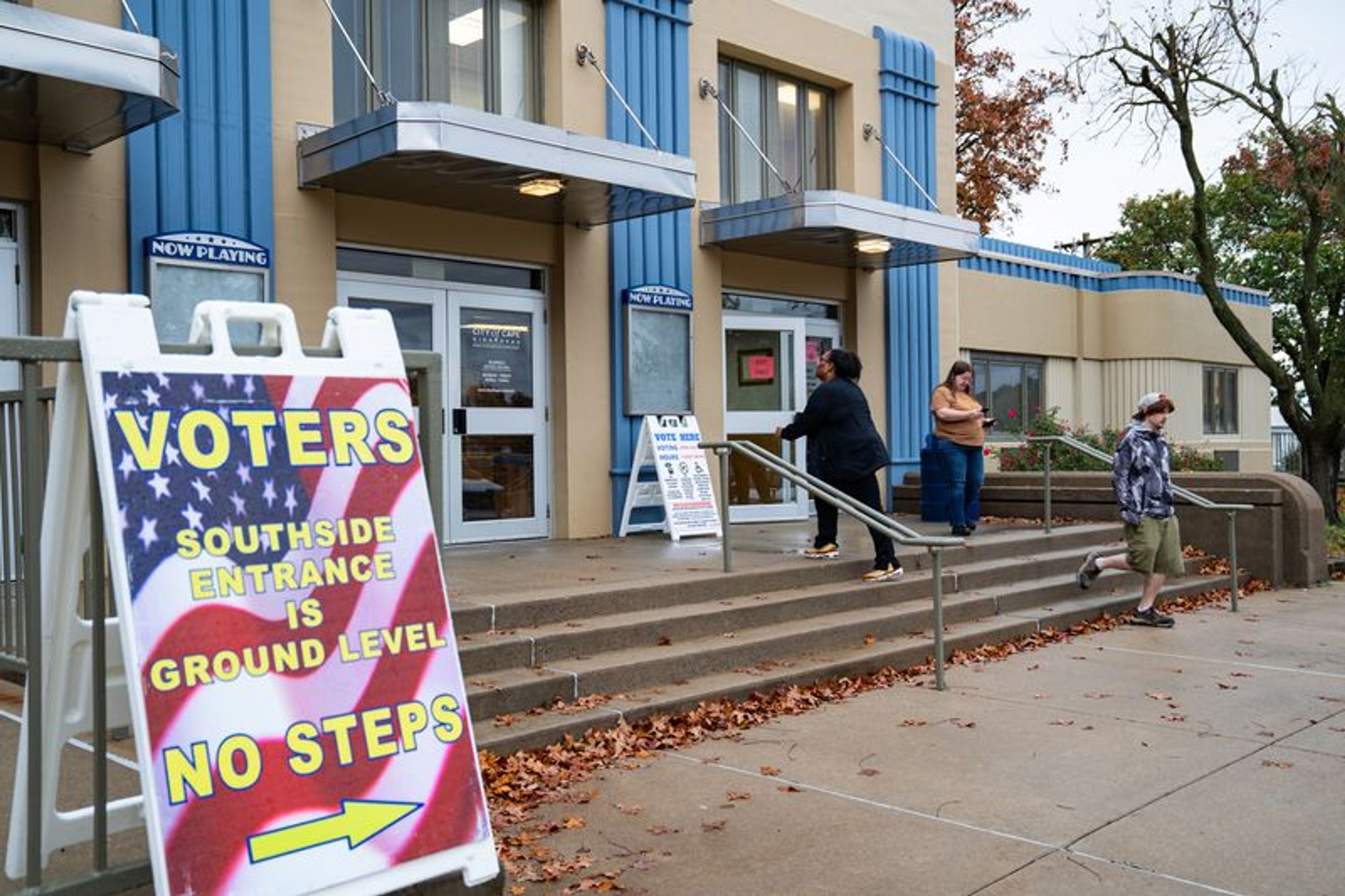GOVERNMENT DIRECTION OF BEHAVIOR IS TRICKY
U.S. Census figures indicate that 73 percent of the nation's workers drove alone to their places of employment in 1990. Ten years prior to that, the figure was 64 percent. Champ~ions of public transportation bemoan these numbers, say~ing Americans have forsaken carpools, resource conservation and mass transit in favor of solitary journeys to the office. ...
U.S. Census figures indicate that 73 percent of the nation's workers drove alone to their places of employment in 1990. Ten years prior to that, the figure was 64 percent. Champ~ions of public transportation bemoan these numbers, say~ing Americans have forsaken carpools, resource conservation and mass transit in favor of solitary journeys to the office. Despite implications that policies of the 1980s discouraged conservation measures implicit in mass transportation, it bears noting that this development has been driven quite properly by the marketplace.
According to statistics released last week, 84.2 million commuters traveled alone to their workplace in 1990, up 22 million from 1980. A federal transit administrator said the increase created 2.5 million new hours of single-occu~pancy commuting every day. Such numbers can be intimidating, at least until you dissect their causes.
Environmentalists might lament the wasted motion and increased emissions, but economics is the driving force here. The 1980s featured a robust business expansion, one that broke the mold in traditional work periods and suburb-to-city traffic patterns. The number of two-career couples and single parents with children increased, making carpooling a more difficult enterprise. Foremost, however, is the fact that average gasoline costs were $1.24 a gallon in May 1980, while they stood at $1.03 a gallon in May 1990. This deflation added to the appeal of solo motoring.
The intent of this is not to advocate lonely rides to work. (Who can argue with a lively conversation as the miles roll by?) Rather, it is to indicate that the square peg of governmental policies don't fit in the round hole of market realities. If cost advantages of carpooling outweigh the flexibility of traveling unaccompanied, the public will know before the policy-makers do. While sharing the ride and stretching resources remain good ideas, directing behavior from a bureaucracy without the foundation of economic forces remains a tricky business.
Connect with the Southeast Missourian Newsroom:
For corrections to this story or other insights for the editor, click here. To submit a letter to the editor, click here. To learn about the Southeast Missourian’s AI Policy, click here.








